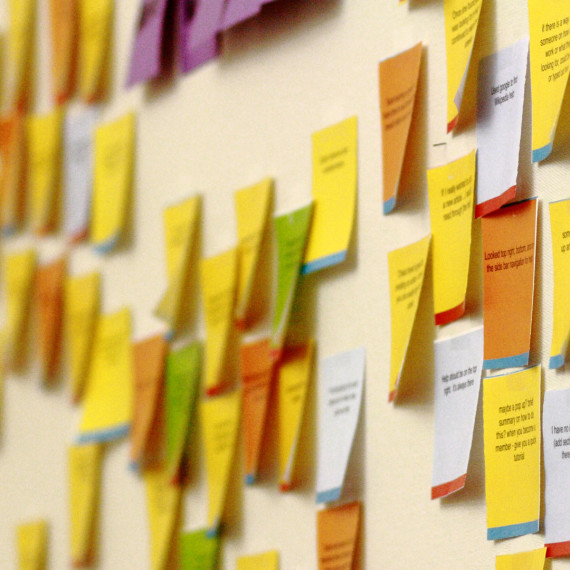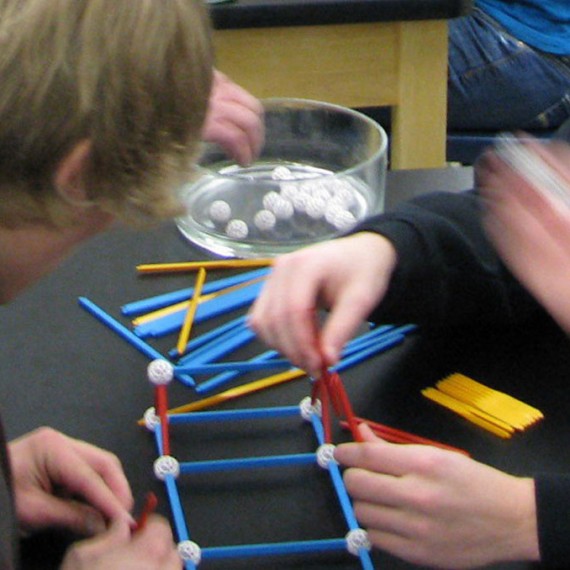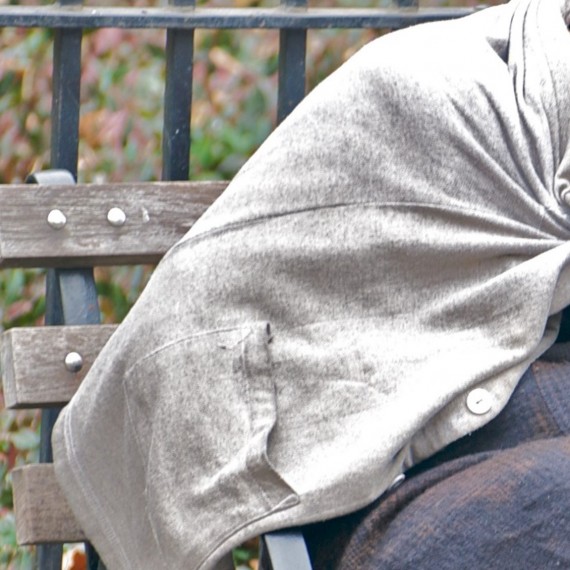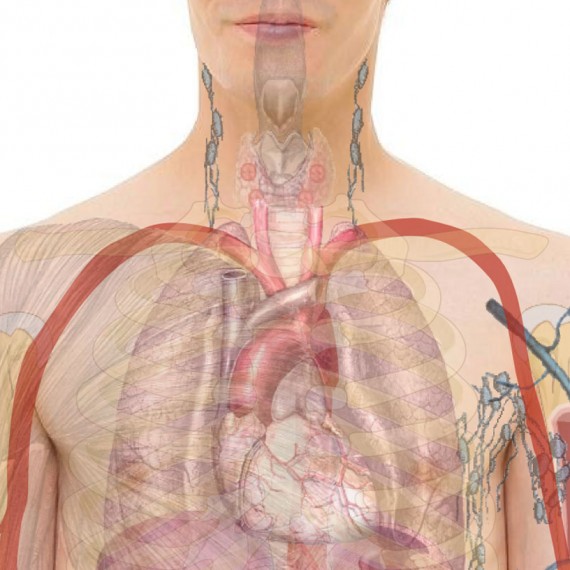28 Apr Engaging with Art at the Exploratorium
KQED is a public broadcaster working to increase its audience's engagement with art. One way they go about this is by using videos in which artists describe their artistic process and daily lives. The videos are constructed in a particular way with a particular intention. Do they work? We partnered with the Exploratorium, a museum in San Francisco, to find out. First, we developed a survey instrument to measure engagement as KQED defined it. Then, we conducted a randomized control trial (RCT) on the floor of the museum. We randomly selected which patrons viewed a video about an artist with work in the museum, and those who did not. Then we surveyed the patrons as they left the museum. What we found was that a small amount of well-timed information can change the way people think and feel about art. What we also demonstrated is that an informative RCT can be implemented quickly, inexpensively,...











